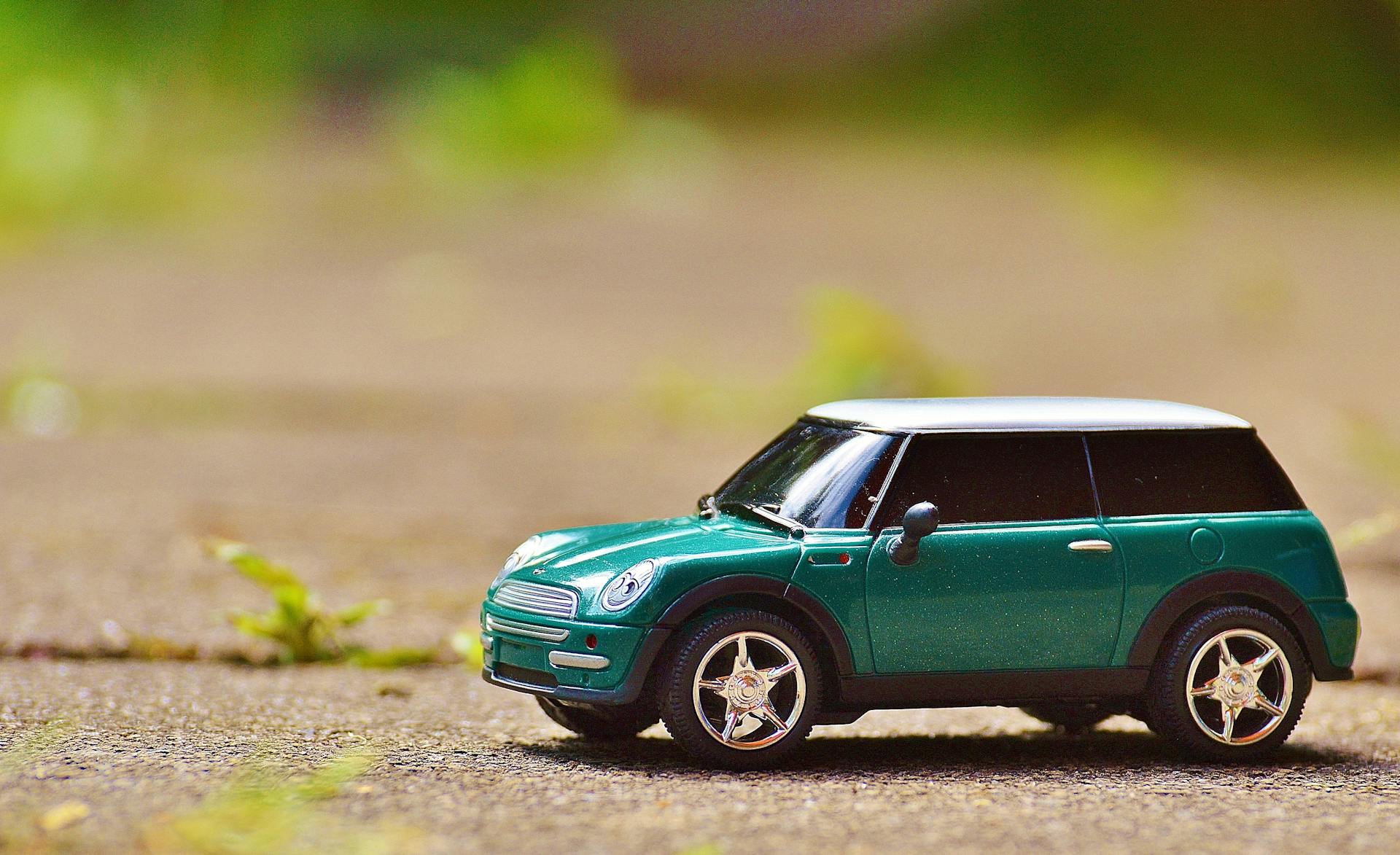In the realm of driving, safety is paramount. While safe driving practices are essential, the condition of your vehicle is equally important in preventing accidents. Regular, do-it-yourself (DIY) car maintenance can play a significant role in keeping your car in top-notch condition and ensuring you stay safe on the road. Here are some DIY maintenance skills that can help you reduce the risk of auto accidents and enhance your vehicle’s safety.
Regularly Check and Maintain Tire Pressure
Tires are your vehicle’s only contact with the road. Under-inflated or over-inflated tires can lead to decreased handling, longer stopping distances, and an increased risk of blowouts.
Invest in a reliable tire pressure gauge and check your tires at least once a month. Refer to your car’s manual for recommended pressure levels and adjust accordingly.
Inspect Tire Treads for Wear
Tire treads are critical for traction, especially in adverse weather conditions. Worn treads can result in loss of control and increased stopping distances.
Use the penny test by inserting a penny into the tread with Lincoln’s head upside down. If you can see all of Lincoln’s head, it’s time to replace your tires.
Keep Lights and Signals in Working Order
Your lights and turn signals are essential for visibility and communication with other drivers. Malfunctioning lights can lead to miscommunication and accidents.
Check all lights and replace bulbs promptly if they burn out. Most vehicles allow easy access to light compartments for straightforward bulb changes.
Monitor and Top Up Fluid Levels
Fluids are the lifeblood of your vehicle’s engine and systems. Low levels can lead to overheating, brake failure, or steering issues.
Learn how to check oil, coolant, brake, power steering, and transmission fluid levels. Top up as needed, ensuring you use the correct type of fluid for your vehicle.
Replace Windscreen Wipers for Clear Visibility
Windscreen wipers degrade over time and can leave streaks that impair your vision during precipitation.
Changing wiper blades is typically a simple task that only requires buying the correct size and following the manufacturer’s instructions for installation.
Maintain a Clean and Clear Windscreen
A dirty windscreen can scatter light and obscure your view, especially at night or when facing the sun.
Keep your windscreen and other windows clean both inside and out. Ensure your windscreen washer reservoir is filled with a suitable cleaning solution.
Check and Service Brakes Regularly
Brakes are vital for safety; worn brake pads or low brake fluid can increase stopping distance or lead to brake failure.
Learn how to check the thickness of your brake pads and look for signs of uneven wear. Most vehicles allow easy visual inspection without removing the wheel.
Replace Air Filters for Engine Efficiency
A dirty air filter can reduce engine efficiency, leading to decreased acceleration and potential engine damage.
Check and replace your engine’s air filter according to the manufacturer’s recommendations. This usually requires minimal tools and effort.
Practice Battery Maintenance
Your car’s battery health is necessary for startup and to keep electrical systems running.
Inspect battery terminals for corrosion and clean them with a wire brush. Then, ensure the battery is securely mounted and the connections are tight.
By performing regular DIY maintenance on your vehicle, you not only gain a better understanding of its workings but also help ensure that it remains a safe, reliable mode of transport. These maintenance skills can make a significant impact in reducing the risk of road accidents due to vehicle malfunction. Remember, though, more complex issues and regular services should be handled by professional mechanics to maintain vehicle safety and integrity.







